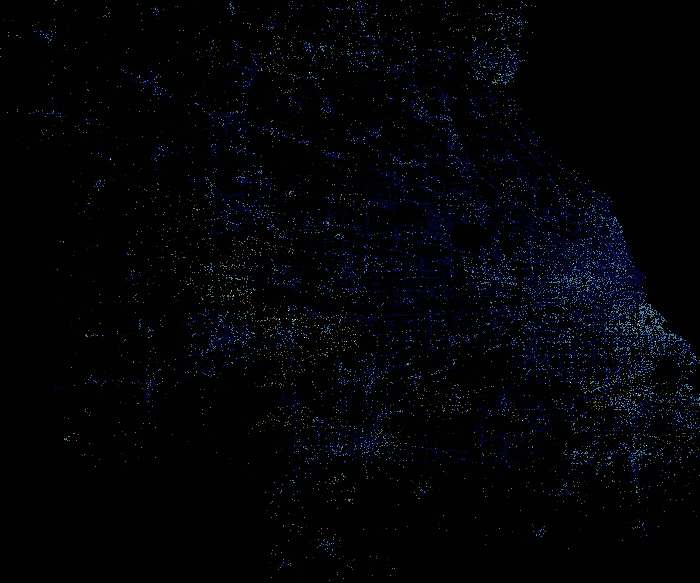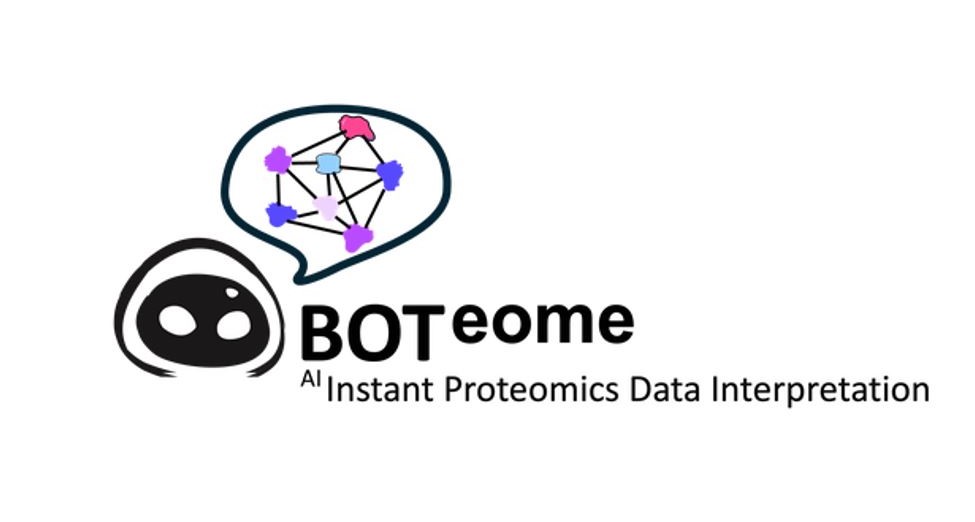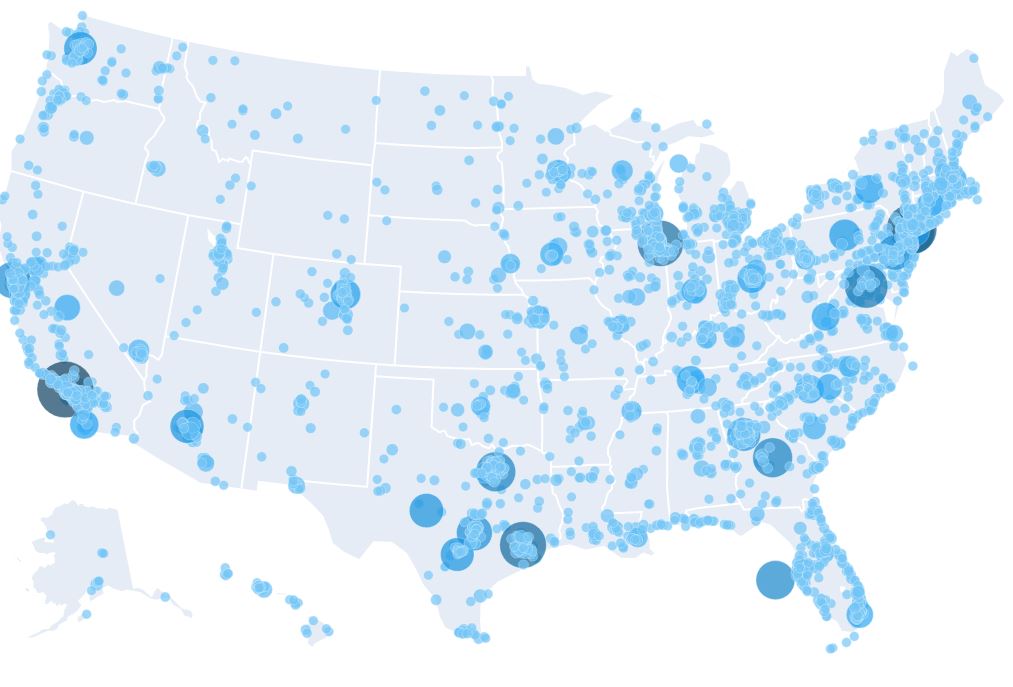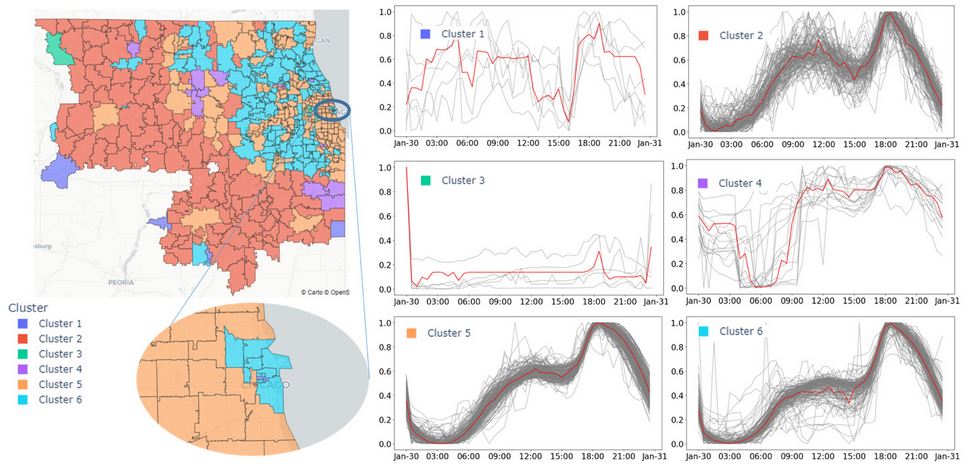
My research focuses in modeling and understanding the complex nature of urban interrelationships both at the social and infrastructure levels. I leverage Machine Learning, Visualization, and GIS to accomplish this with the ultimate goal of achieving a better understanding of urban dynamics to reach more sustainable cities.
2024
2023
My main hypothesis here is that changes in electric usage are great proxies for human activity, and this can ultimately be used to measure interaction between humans and the infrastructure. This is an ongoing work motivated by one of the previous projects below.
More
I spent the summer of 2024 in Okinawa, Japan working alongside an interdisciplinary scientific group to build an LLM pipeline to simplify their proteomics data analysis and querying.
More
Developed a sentiment analysis model to capture people's perception on working from home. Then used the sentiment and other Twitter (now X) extracted features to estimate current telecommuting prevalence in the US at the national and state level.
More
Time series clustering of electricity data leads to the emergence of spatial aggregation. Commute times are used to explain this phenomenon, showing that long transit trips are the strongest predictors.
More
I work as part of the Transportation Systems & Mobility group in analyzing transportation system management strategies involving emerging vehicle and information technologies. I specifically work on:
Worked as part of the team that did the city-wide trip survey and developed the subsequent transportation EMME model in Bogota using the 4-step approach. This model is currently being used as one of the main inputs for urban planning and policy making in the city.